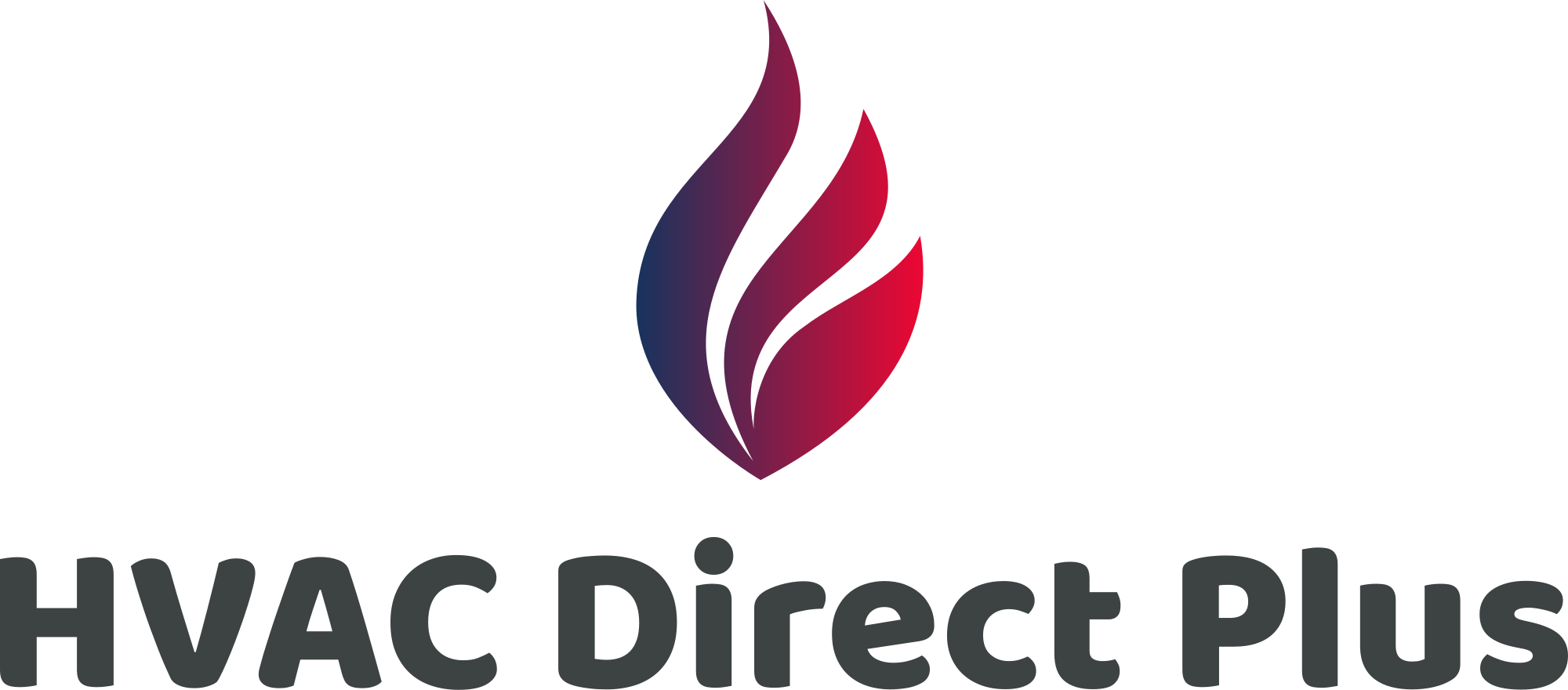In today’s world, where comfort and efficiency are paramount within our homes, having the ability to regulate temperature in specific areas can make all the difference. Enter the dual zone HVAC system, a modern marvel that allows homeowners to tailor their heating and cooling to distinct sections of the house. Whether you’re trying to keep a cozy warmth in your living room while maintaining a cooler temperature in your bedroom, or resolving the age-old thermostat wars between family members, dual zoning could be your solution. This article will guide you through the essentials of dual zoning your HVAC system, exploring the benefits, the installation process, and tips for optimizing your home’s climate control. Prepare to discover a newfound level of comfort as we unravel the intricacies of dual zone HVAC systems and set the stage for a more personalized indoor surroundings.
Understanding the Basics of Dual Zone HVAC Systems
Dual zone HVAC systems are designed to enhance comfort levels in varying areas of a building by allowing independent temperature controls. This is notably useful for larger spaces or homes with multiple stories where different zones may require different heating or cooling. As an example, a basement may need more heating during winter months, while the upper levels could require more cooling in the summer. The ability to customize temperature settings across distinct areas not only improves overall comfort but also contributes to energy efficiency.
These systems typically consist of separate thermostats, dampers, and air handlers for each zone. Key components include:
- Thermostats: Control the temperature settings for each zone individually.
- Dampers: Regulate airflow to specific areas, allowing for precise temperature control.
- Air Handlers: Distribute conditioned air to each zone effectively.
for optimal performance, it’s essential to ensure that the HVAC system is properly sized and installed, taking into account the unique layout and needs of your home or building.

Choosing the Right Equipment for Your Home
When outfitting your home for dual-zone HVAC, it’s crucial to carefully select the right equipment that not only matches your needs but also optimizes energy efficiency. Begin by considering the size of your home and the specific zones you want to create. Zoned systems typically require a central air conditioning unit along with additional components like dampers and thermostats that allow for tailored control in different areas.Additionally, you might want to invest in smart thermostats that can lead to improved energy management and automation. By investing in quality equipment,you’ll ensure your system runs efficiently,saving money in the long run.
Another key aspect is understanding the types of systems available. You can choose from ducted systems,wich distribute air through existing ducts,or ductless systems,ideal for homes without ductwork.Evaluate your current infrastructure to determine the best fit. It’s also beneficial to consult a professional who can perform a load calculation, ensuring your chosen system adequately supports your desired comfort levels across all zones.Here’s a simple comparison of available options:
| System Type | Pros | Cons |
|---|---|---|
| Ducted Systems | Centralized control, Consistent airflow | Installation cost, Space required |
| Ductless Systems | Easy installation, Versatility | Higher upfront cost, Multiple units may be needed |

Optimizing Energy Efficiency and comfort Level
Creating a dual zone HVAC system can substantially enhance both energy efficiency and comfort levels throughout your home. the concept revolves around dividing your space into distinct zones, each controlled by its own thermostat. this means you can tailor the temperature settings according to specific needs, allowing you to avoid unnecessary heating or cooling in unused areas. By using zoned systems effectively, homeowners can enjoy:
- Reduced Energy Consumption: Only cooling or heating the areas in use cuts down on utility bills.
- Enhanced Comfort: Individual control allows different rooms to maintain specific temperatures based on individual preferences.
- extended HVAC Lifespan: Reduced workload prolongs the life of your heating and cooling systems.
To ensure optimum performance, it’s important to invest in quality equipment, including smart thermostats that can learn your habits and adjust settings accordingly. Additionally, proper insulation and sealing of air ducts can prevent energy losses, further maximizing efficiency. Consider the following table to understand the balance between comfort and efficiency:
| Factor | Benefit |
|---|---|
| Zoned Control | targeted temperature management |
| Smart Technology | Adaptive settings for user convenience |
| Quality Insulation | Reduced loss of conditioned air |

Maintenance Tips for Long-Lasting Performance
To ensure your dual zone HVAC system maintains its efficiency over time, regular maintenance is key. Start with routine filter changes; clean or replace your filters every 1 to 3 months to help prevent airflow restrictions and improve indoor air quality. Additionally, schedule an annual professional inspection to assess the system’s components, check for refrigerant leaks, and calibrate your thermostat settings. This will not only enhance performance but also extend the lifespan of your HVAC system.
Beyond routine upkeep, consider monitoring your system’s performance through technology.Implementing a smart thermostat allows for optimal control over each zone, enabling precise temperature adjustments based on occupancy and usage patterns. Moreover, ensure that your ductwork is well-sealed and insulated to minimize loss of heated or cooled air. Here is a rapid reference table for the benefits of various maintenance practices:
| Maintenance Practice | Benefits |
|---|---|
| Regular Filter Changes | Improves air quality, enhances airflow efficiency |
| Annual Professional Inspection | Identifies issues early, improves energy efficiency |
| Smart Thermostat Installation | Increases control over temperatures, reduces energy costs |
| duct Sealing and Insulation | Prevents air loss, boosts overall system efficiency |
Q&A
Q: What is dual zoning in HVAC?
A: Dual zoning in HVAC refers to a system that allows for different areas or ”zones” of a home to be heated or cooled independently. This means you can maintain various temperatures in different parts of your house based on individual preferences or usage. It’s a clever way to maximize comfort while also enhancing energy efficiency.
Q: Why should I consider dual zoning for my HVAC system?
A: If you’ve ever felt that one room is sweltering while another is chilly, dual zoning might be just the solution for you. This system allows you to tailor the temperature in each zone to fit your lifestyle, whether you’re entertaining guests in the living room or retreating to a cooler bedroom for sleep. Additionally, it can lead to energy savings, as you’ll only be heating or cooling the parts of your home that need it.
Q: What components are needed to set up a dual zone HVAC system?
A: To create a dual zone HVAC system, you’ll need several essential components: a zoning panel, motorized dampers for ductwork, a programmable thermostat for each zone, and sometimes, a specialized HVAC unit that can support multiple zones. The zoning panel helps manage the flow of air, while dampers regulate the air distribution, and thermostats allow you to set specific temperatures for each area.
Q: Can I modify my existing HVAC system to accommodate dual zoning?
A: Yes, in many cases, you can retrofit your current HVAC system to support dual zoning. However, the complexity of the modification will depend on your existing setup, including the type of HVAC system you have and the layout of your ductwork. Consulting with an HVAC professional can provide you with the best options tailored to your specific needs.
Q: How do I determine the appropriate zones in my home?
A: Start by considering how you use each area of your home. Common zoning considerations include separating living spaces from sleeping areas,or isolating floors. Think about factors like sunlight exposure and occupancy. For example, rooms that receive more sun during the day might require different settings than those that remain shaded.
Q: Is dual zoning effective for all types of homes?
A: while dual zoning can enhance comfort in various homes,its effectiveness may vary based on the size,layout,and existing HVAC system.Larger homes or those with multi-levels ofen benefit the moast, while smaller homes might find a single zone sufficient. If you’re unsure, an HVAC professional can help assess whether dual zoning is appropriate for your space.
Q: What are the potential challenges of dual zoning systems?
A: Some challenges include the initial setup costs, as adding dampers and additional thermostats can be an investment. Moreover, if not designed or maintained properly, a dual zoning setup may lead to uneven temperatures or increased energy consumption, defeating the purpose of efficiency. Regular maintenance and intelligent system management are crucial to overcoming these hurdles.
Q: How can I maintain my dual zone HVAC system for optimal performance?
A: Like any HVAC system, regular maintenance is key. Ensure filters are replaced or cleaned every few months, maintain the ductwork to prevent leaks, and schedule annual check-ups with a qualified technician.Familiarizing yourself with adjusting thermostat settings based on seasonal needs can also enhance efficiency and responsiveness across zones.
Q: Is dual zoning worth the investment?
A: While the upfront costs can be significant, many homeowners find the benefits of enhanced comfort, control, and potential energy savings worth the investment. Over time, the convenience of customizable climates in different areas of your home may lead to increased satisfaction and even a higher property value. Ultimately, it boils down to your individual needs and preferences.
By considering these questions as you explore dual zoning, you can better navigate the world of HVAC systems and discover the configuration that best complements your home’s unique layout and lifestyle.
Insights and Conclusions
As we wrap up our exploration of dual zoning for HVAC systems, it’s clear that this innovative approach not only enhances comfort but also promises significant energy savings. By strategically dividing your home into distinct climate zones, you can tailor your heating and cooling needs to fit your lifestyle, ensuring that every room feels just right. Whether you’re a homeowner considering an upgrade or a DIY enthusiast eager to take on a new project, implementing a dual zone HVAC system is a step towards greater efficiency and personalization.
With the right planning, equipment, and knowledge, you can embark on this rewarding journey. Remember, the key to a prosperous dual zoning project lies in proper assessment and careful design. As you take these insights and transform them into action, you’ll not only improve your home’s environment but also contribute to a more sustainable future.
So, take a deep breath and begin your dual zoning adventure; a more pleasant living space awaits you.

